Hockley Viaduct
Hockley Viaduct
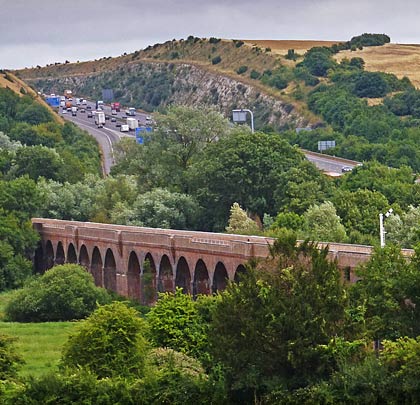
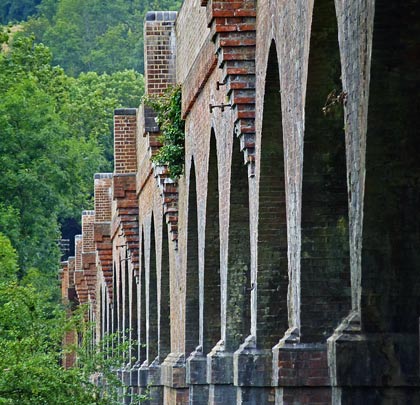
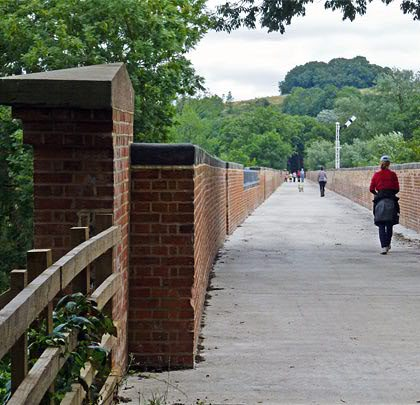
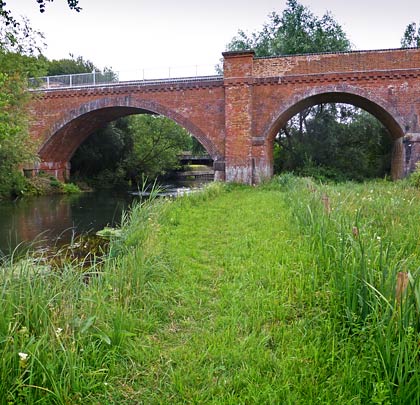
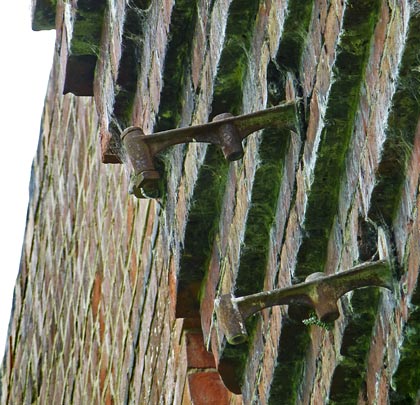
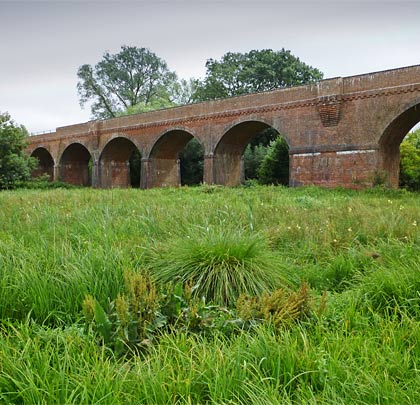
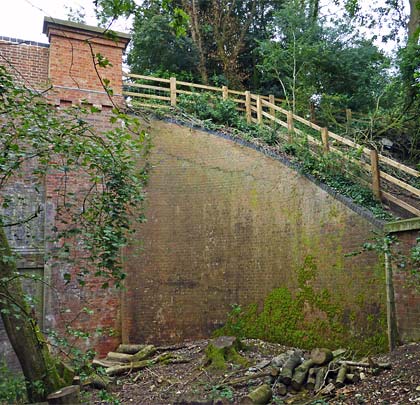
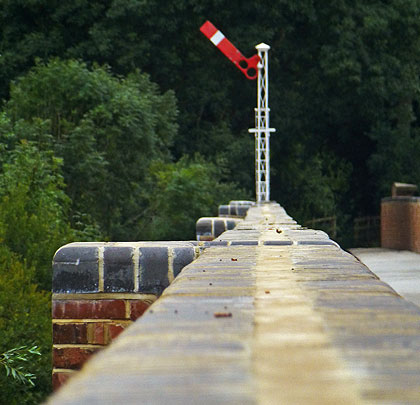
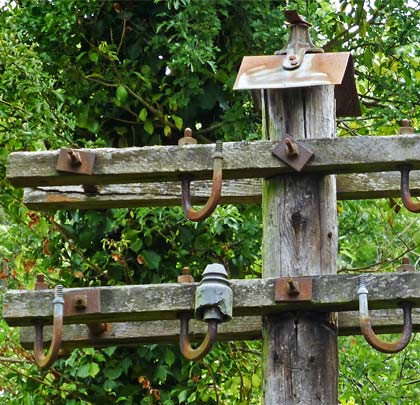









A little over 2,000 feet in length, this remarkable viaduct across the River Itchen has concrete at its heart, contrary to appearances. Alternatively named Twyford or Shawford, the structure was the brainchild of the London & South Western Railway’s consulting engineer W L Galbraith. He was wise to the benefits of mass concrete, using it to form the viaduct’s piers, each weighing around 650 tons and subsequently clad in bricks from Blanchards Works at Bishop’s Waltham. Joseph T Firbank acted as contractor for construction of the 33 conventional brick arches, one of which is a longer span over the river. A string course is inserted at trackbed level and refuges are cantilevered above every third or fourth pier.
The viaduct served as part of a two-mile single-track link between the L&SW’s main line at Shawford Junction and the Didcot Newbury & Southampton Railway which had stalled at Winchester in 1885. The through route opened on 1st October 1891 but lasted only until 1966, closing on 4th April.
Post closure, the viaduct’s fate has been mixed. Despite research suggesting that it was the first of its kind to have a concrete core, English Heritage turned down an application to list it. Whilst structurally sound, there was a deterioration of the brickwork and some sections of parapet were lost to vandalism. Whilst the public were allowed to walk over it, the route was not user-friendly.
In the mid-Eighties, the Army offered to blow up the structure as a training exercise but controversy forced the local council to bring a halt to the plan. It was later determined that the costs involved in demolishing it would probably match the amount needed for restoration. In 2007, a report put that figure at around £1 million.
In January 2013 Hockley Viaduct was brought back into proper public use as long-running plans came to fruition. Backed by Sustrans, Hampshire County Council and current owners Winchester City Council, the structure has been incorporated into Route 23 of the National Cycle Network. The city council’s contribution reached £500,000 and was match-funded from other sources. As part of the remedial works, repairs were carried out to the parapets and deck, as well as some repointing. A Home signal, permanently in the off position, has been restored to its rightful place on the viaduct.







